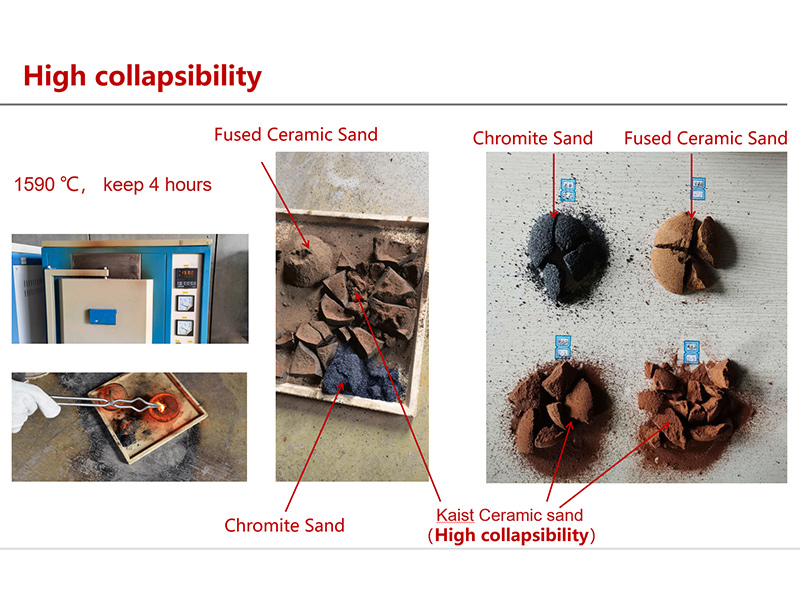Physical Properties of Foundry Sand
Foundry sand is a crucial component in the metal casting industry, serving as the primary molding material due to its unique physical properties. Understanding these properties is essential for optimizing the casting process and ensuring high-quality metal components. The physical properties of foundry sand include grain shape, size, distribution, permeability, and thermal conductivity, which collectively influence its functionality and effectiveness.
One of the primary characteristics of foundry sand is its grain shape. Typically, foundry sands are spherical or sub-angular, which promotes better packing and reduces the permeability of the mold. The shape of the grains impacts the flowability of the sand mixture and the ultimate surface finish of the metal cast. More angular grains can lead to a rougher surface finish, while round grains tend to create smoother surfaces, which are often desirable in precision casting.
Grain size and distribution are also vital in determining the sand's performance. Standard foundry sands generally have a grain size ranging from 0.1 mm to 0.5 mm. A well-graded sand mixture, which contains grains of various sizes, can enhance the packing density, reduce the void space within the mold, and improve the overall strength of the mold. The balance of large and small grains facilitates the formation of a robust mold structure capable of withstanding the pressures exerted during the pouring of molten metal.
physical properties of foundry sand

Permeability is another critical physical property of foundry sand. It refers to the ability of the sand mold to allow gases to escape during the pouring of molten metal. Adequate permeability is essential to prevent defects such as pour defects or gas inclusions in the final casting. Foundry sands with high permeability enable the escape of trapped gases, thus ensuring a clean casting process. However, excessively high permeability may lead to weakness in the mold, which can result in deformation under the weight of the molten metal. Therefore, an optimal balance must be achieved to ensure both strength and gas escape.
Thermal conductivity is a property that influences the cooling rate of the molten metal within the mold. Foundry sands typically possess moderate thermal conductivity, which allows them to absorb and distribute heat effectively. This property plays a significant role in controlling the cooling rate of castings, impacting the metallurgical properties of the final product. A predictive understanding of thermal conductivity helps foundry operators anticipate how the metal will solidify and adapt their processes accordingly, thus minimizing defects and enhancing metallurgical outcomes.
In summary, the physical properties of foundry sand, including grain shape, size distribution, permeability, and thermal conductivity, play a critical role in the metal casting process. Foundry engineers and technicians must understand these properties to optimize the casting process, enhance the quality of the final product, and reduce the occurrence of defects. Continuous research and development are vital in this area to refine sand formulations and find innovative solutions that meet the evolving demands of the metal casting industry. As technology advances, so too does the potential for improving the physical properties of foundry sand, ultimately leading to better casting performance and quality.
Post time:10월 . 07, 2024 13:27
Next:sand casting suppliers
